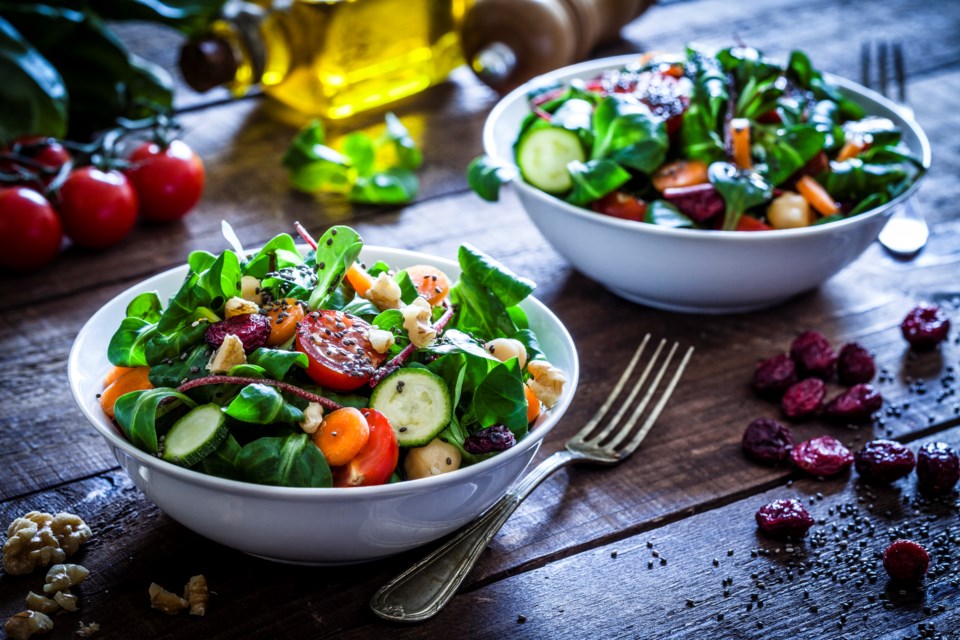Have you ever wondered how some people manage to live well into their 100s and in still in good health and vitality?
The answer may lie in the concept of Blue Zones—regions where individuals reach the remarkable age of 100 at rates ten times higher than those in North America—and the dietary habits of those who call these regions home.
Let’s explore the benefits of the Blue Zone diet, what it means, and how you can start incorporating these principles into your own life with relative ease.
What Is The Blue Zone Lifestyle?
So, what is a Blue Zone, anyway? Blue Zones are regions around the world where people live significantly longer than the global average. These areas have been studied extensively by researchers and have been found to have common lifestyle habits that contribute to their longevity.
The term "Blue Zone" was coined by National Geographic explorer and author Dan Buettner, who identified five regions as Blue Zones: Okinawa, Japan; Sardinia, Italy; Nicoya, Costa Rica; Ikaria, Greece, and Loma Linda, California. If you’ve spent any time on Netflix in the last six months, you may have come across Live to 100: Secrets of the Blue Zones, where Dan Buettner travels the world, offering viewers a glimpse into how Blue Zone people live.
One of the key factors that contribute to the longevity of individuals in Blue Zones is their diet. Centenarians, those who live to be 100 years old or older, in these regions, tend to follow a plant-forward diet rich in fruits, vegetables, whole grains, and legumes—similar to a Mediterranean diet. They also consume smaller amounts of meat and dairy and practice mindful eating.

The Main Guidelines for Eating Like a Centenarian in a Blue Zone
1. Eat more plants: Centenarians in Blue Zones consume a predominantly plant-based diet, with a focus on fruits, vegetables, whole grains, and legumes. These foods are rich in vitamins, minerals, and antioxidants, which help to protect against chronic diseases such as heart disease, cancer, and diabetes. If meat is consumed, it’s in very small amounts—think of it as “meat as a garnish”—rather than the main component of a meal.
2. Eat fewer calories: Centenarians in Blue Zones tend to eat until they are 80% full, a practice known as "hara hachi bu" in Okinawa, Japan. This helps to prevent overeating and excess weight gain, which are risk factors for many chronic diseases.

3. Eat with others: Those who live in Blue Zones often eat meals with loved ones, which promotes social connections and a sense of community. Research from the University of Oxford has shown that social eating can have a positive impact on mental health and overall well-being.
4. Eat mindfully: Those living in Blue Zones take their time to enjoy and savour the flavours and textures of their meals. This practice of mindful eating can help to prevent overeating, promote digestion, and also bring an element of gratitude into meal time—another proven strategy for happiness.
5. Move frequently: Blue Zones residents are also more active, with regular physical activity such as walking reigning supreme but also frequent movement through tasks and hobbies such as gardening. Exercise is important for maintaining muscle mass, bone density, and overall health as we age and is directly correlated with living longer.
Easy Steps to Blue Zone Living
Incorporating these lifestyle changes doesn't have to be difficult or overwhelming. Start by gradually increasing the amount of fruits, vegetables, whole grains, and legumes you eat daily. Add plant-based meals to your weekly meal plan, and experiment with new recipes and flavours.
When it comes to breaking bread with others, make an effort to share more meals with family and friends whenever you can. This can help to strengthen your relationships and create a sense of community. Practice mindful eating by paying attention to your hunger and fullness cues, and take the time to enjoy each bite of your meal. Regularly trying new foods will also help with this, as it forces you to take in the new flavour combinations and mentally process what you’re eating versus eating on auto-pilot.
Lastly, make physical activity a priority. Aim to get at least 30 minutes of moderate exercise each day, whether it's going for a walk, practicing yoga, joining a group fitness studio or taking care of some household and yard tasks that are physically demanding like gardening and cleaning. Staying active is essential for maintaining your overall health and well-being.
So why not start making small changes today to reap the rewards of a Blue Zone lifestyle? Your future self will thank you.
About the Author

Alicia is a journalist and editor in digital and print media specializing in health, nutrition, fitness, and wellness. She was previously the Editorial Director of Clean Eating and Vegetarian Times. Her work has also appeared in Hone Health The Edge, Yoga Journal, Women’s Running, and Oxygen, among others. In addition to being a content creator, she's an ISSA-certified nutritionist, certified personal trainer, and fitness studio owner in Toronto. Alicia loves spreading the word about helpful, science-backed health information, and she can be contacted via her website at aliciamtyler.com.




